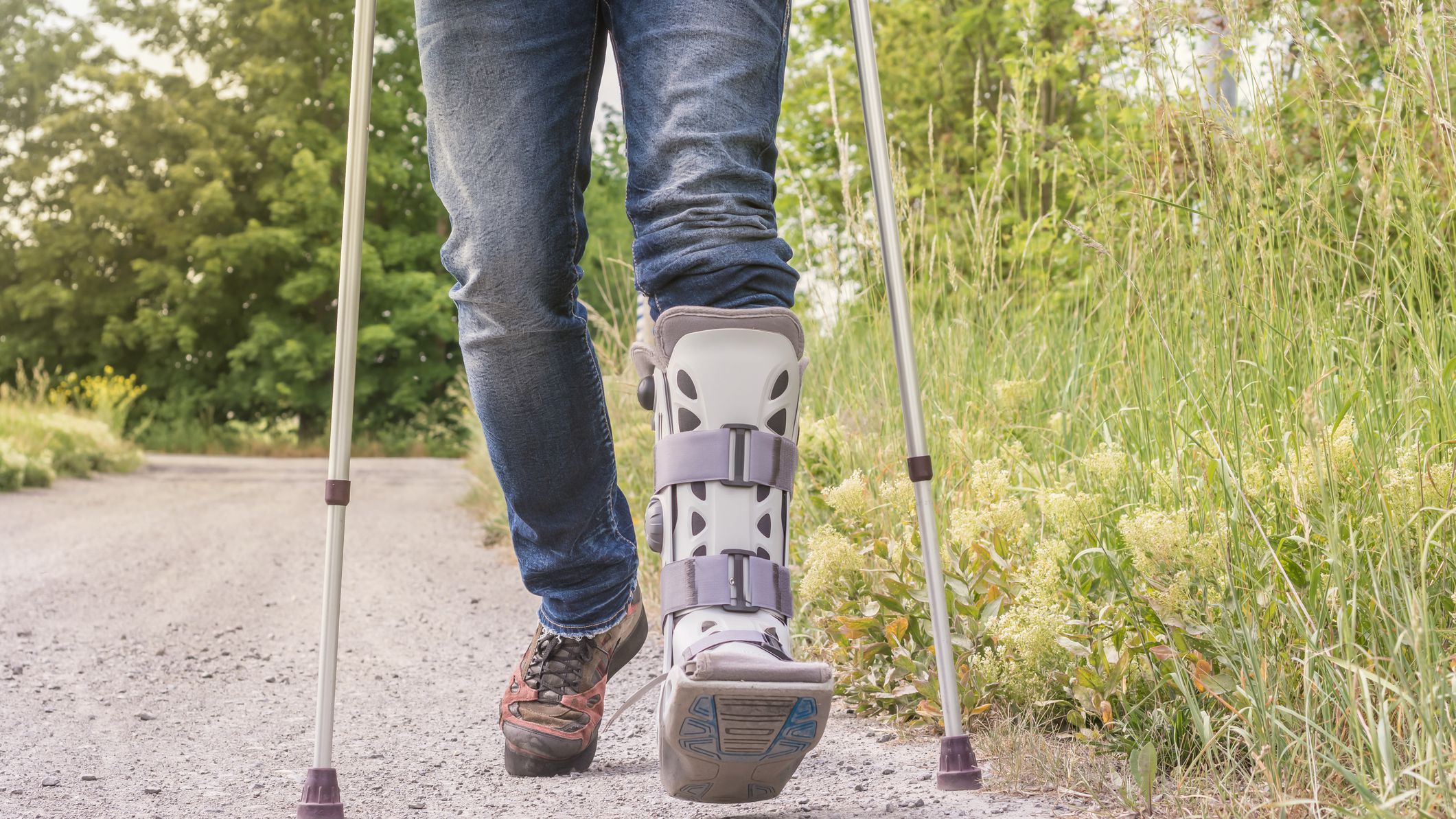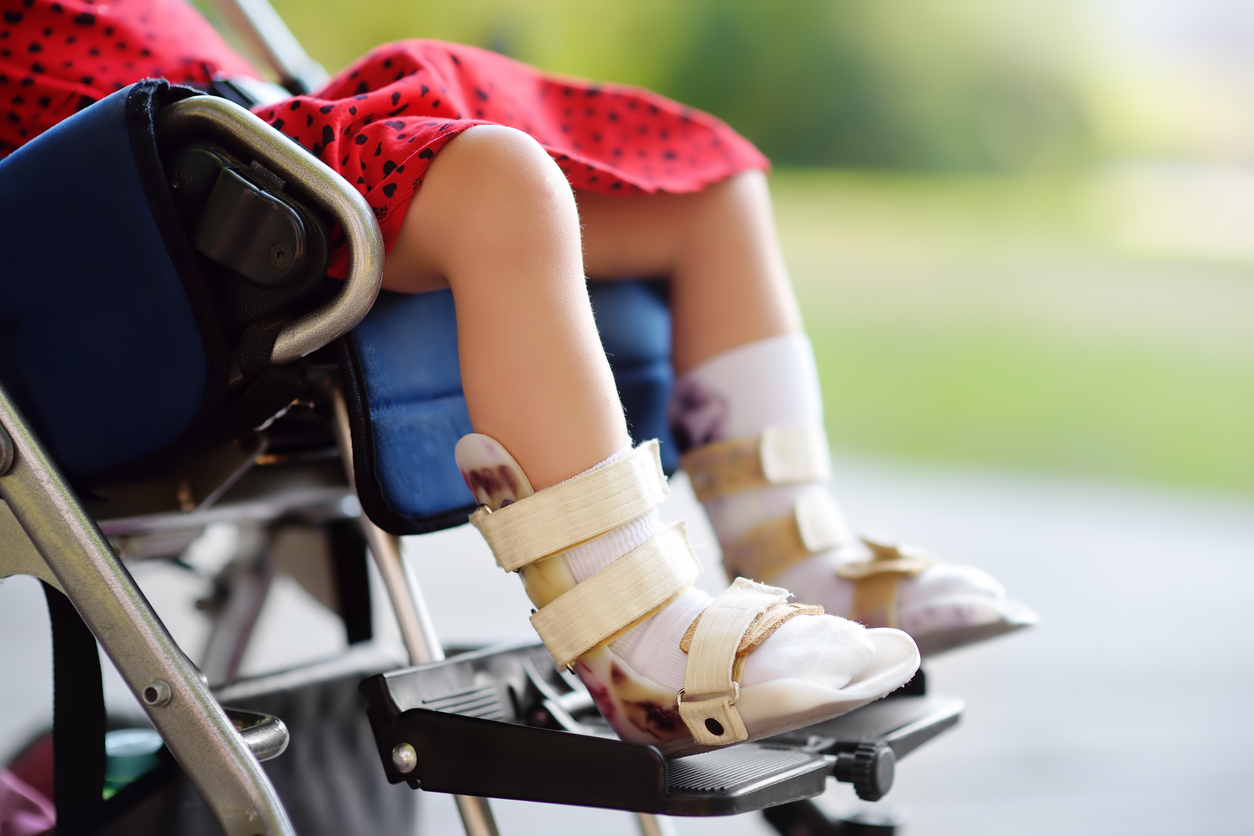Ankle-foot orthosis
AFO for short, is the most widely used and common orthopedic appliance, mainly suitable for children with cerebral palsy, hemiplegia and incomplete paraplegia. After years of observation, it was found that some patients did not achieve the desired effect due to improper use of orthotic wear. Therefore, correct wearing is the key to play the role of orthosis.
The basic function of ankle-foot orthosis is divided into three aspects
1. Compensatory muscle weakness.
2. Stretch the tendon for a long time to counter muscle contracture.
3. Fix the normal functional position of the joint to avoid the relaxation of the ligament after abnormal stretching.
There are nine categories of indications
1 Ankle instability
2 Mild paralysis of knee joint
3 foot drop
4 Ankle and foot fracture or injury
5 Moderate to moderate pronation or pronation
6 Pronation of the horseshoe
7 hemiplegia
8 cerebral palsy
9 paraplegia etc.
Ankle-foot orthosis can be divided into two categories, the first type is dynamic ankle-foot orthosis, the second type is protective ankle-foot orthosis.
01 Dynamic ankle foot orthosis
It is the most widely used in the world at present a kind of muscle tension heterogenous orthosis, with thin and relatively soft materials made of plastic mold, because of its foot inside and outside the upper part of the ankle, so it is also called the ankle orthosis. After the anterior and posterior removal of the ankle, the ankle joint is allowed to maintain a certain amount of toe and dorsal movement, which can not only correct the deformity to a certain extent, restrain spasm and maintain normal alignment, but also retain a certain range of ankle joint motion to promote the coordinated development of lower limb muscles and improve gait.
02 Protective ankle foot brace
For bedridden people, to prevent foot ptosis and varus deformity, is the use of soft lined ankle foot products, limit plantarflexion, and plantarflexion Angle adjustable. Its function is to maintain and maximize dorsiflexion, reduce plantar flexion when lying still, and prevent foot droop; Not suitable for walking. Suitable for the elderly bedridden.
03 Use of ankle-foot orthosis (AFO)
Patients with cerebral palsy
For cerebral palsy patients with abnormal posture and motor dysfunction, orthotics can assist standing and walking, correct deformity or consolidate the effect of correction, and affect muscle tension. If you do not wear it for a long time, you will be prone to deformation of knees, ankles and feet. After proper orthosis is given, some joints, especially the foot, will undergo a compensatory recovery phase by leaps and bounds due to force line correction.
■ Patients with high muscle tone
For children with high muscle tension, when they first wear the orthosis, their heels often cannot reach the corresponding position of the AFO heels, and the pressure on the back wall of the AFO will cause greater pressure on the heels, resulting in local redness and even bruising. Therefore, when wearing, we should adopt the posture of back, ankle flexion, knee bend, hip flexion, in order to reduce tension, relieve tension, ensure that the heel is in place, in addition, the fixed belt should not be tied too tight, if necessary, wear for a period of time to take off the orthosis, massage rest and then wear, gradually increase the wearing time.
■ Patients with low muscle tone
Patients with low muscle tone wear AFO in the hope that it will give their children more support to facilitate movement. However, wearing AFO for a long time will make certain muscles lack movement, resulting in muscle strength decline or muscle atrophy, but will reduce children's motor function. Therefore, when children of this type do not wear orthotics at ordinary times, they should do appropriate massage and muscle strength training for children.
■ For intermittent spasms and unstable tension of the hand and foot movement of children, often feel uncomfortable at the beginning of wearing, according to the method introduced above, the child will not be able to adapt to it for long.
■ Precautions for prolonged sitting The stability of sitting on the floor in an AFO may be poor, as children often have a tendency to sit in the W seat, which can be limited by orthotics. So make sure your child sits in a chair or takes off AFO when sitting for long periods.
Hemiplegia requires ankle-foot orthotics
1 For patients with malformation, the use of orthotics can promote the rehabilitation and correction of malformation.
2 For those who are bedridden, it plays a role in preventing foot ptosis and varus deformity. Most patients in the spasm stage are developed from the flaccid stage, so it is very necessary to prevent it in advance. Because of the long rehabilitation process, the patient can adhere to good rehabilitation exercise at home is a doubt, if a long time of poor gait, will eventually lead to the development of joint deformity. Orthopedic devices are recommended to minimize this occurrence.
Therefore, the correct wearing of orthosis can fully realize the design concept of orthosis, so that the user of orthosis can get the best recovery with the help of orthosis. Therefore, we must learn to wear and use the correct method. At the same time, with the recovery of the patient's condition, the orthopedic device should be continuously followed up to adjust, and finally achieve the best correction effect.




